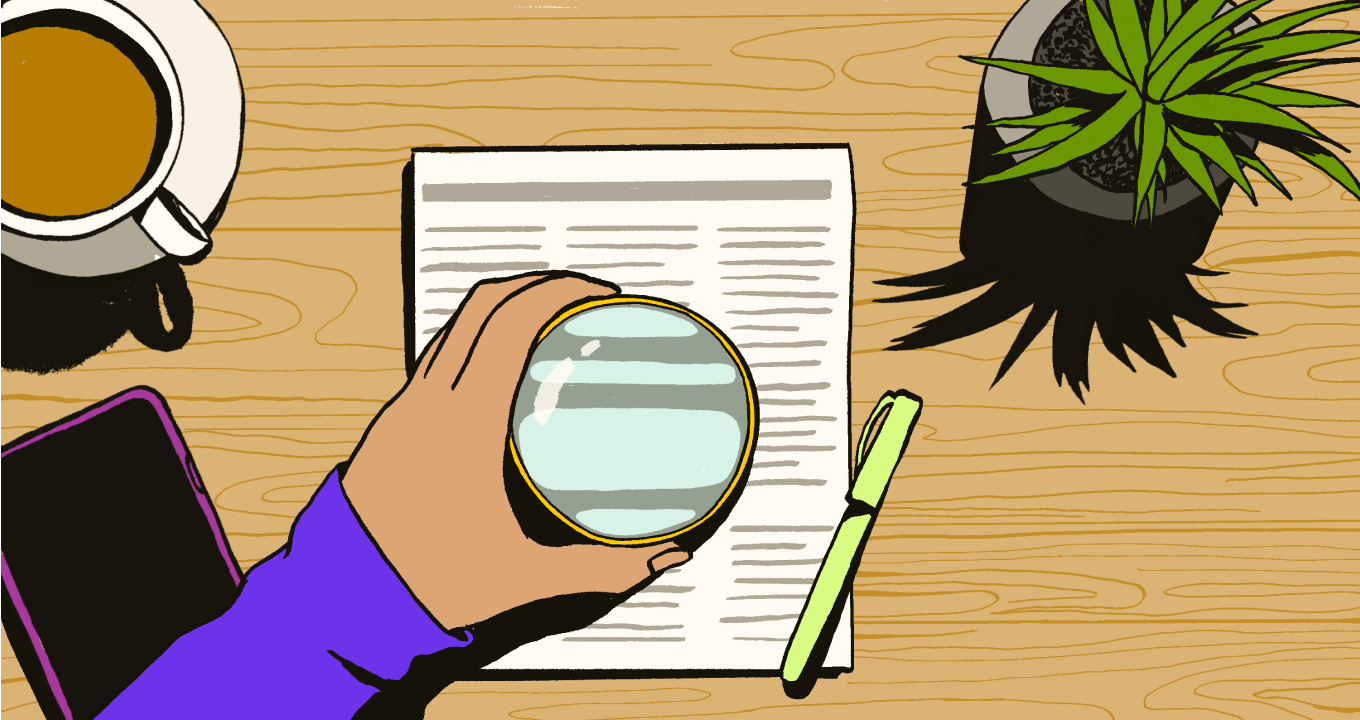Article • 4 min read
Protecting customer privacy in a world of personalization
Learn how CX and security teams can work in tandem to prioritize customer privacy.
Lilia Krauser
Staff Writer
Last updated October 26, 2023
Recent technological advancements have empowered many organizations to finally offer the level of personalization most consumers want. According to our research, 61 percent of consumers say the faster a company is to offer personalized experiences, the more likely they are to purchase from them.
From that same research, 66 percent of consumers are also willing to share their data if it means getting more relevant and personalized experiences. However, with better personalization comes great risk.
With the majority of consumers (71%) willing to stop purchasing from a company if their data isn’t protected, organizations worldwide must invest in privacy and protection.
Companies need to ensure that the customer data they access and store stays safe—especially as cybersecurity crimes are at an all-time high. With the majority of consumers (71 percent) willing to stop purchasing from a company if their data isn’t protected, organizations all over the world must invest in privacy and protection.
The good news is that 63 percent of leaders reported that strengthening cybersecurity and data privacy measures within the next year is of high importance to them, while 60 percent said the same for enhancing customer experience (CX). To make this possible, CX and security teams must work together to ensure customer data stays private and secure. Here’s how.
Build a robust data privacy foundation
To build a strong security foundation that supports the privacy of customer data, there are general best practices that organizations—and particularly CX teams—should put in place. These include increasing password security for support agents by using, for instance, two-factor authentication (2FA), single sign-on (SSO), and password managers.
CX teams must also be aware of modern social engineering techniques, such as phishing emails, designed to steal sensitive customer data. Finally, because the data privacy and security landscape is constantly changing, teams should maintain a regular cadence of security and privacy training.
While these best practices are important, many businesses must go beyond them—especially those in the financial services, healthcare, and technology industries. For these companies, a higher level of data privacy and security is critical.
Use stronger encryption for increased security
With the rise of cybersecurity attacks, data encryption is increasingly essential for data security. Data encryption protects sensitive customer information by encoding it so it can’t be read or understood by unauthorized users.
To ensure data privacy, organizations should choose an encryption method that affords a high degree of control, such as bring-your-own-key (BYOK) encryption. This type of encryption limits data exposure by using multiple encryption keys to protect data while allowing the primary admin to rotate and revoke their keys as needed.
Limit what personal data you show and keep
The wide variety of data privacy regulations across regions and industries makes it challenging for businesses to consistently balance personalization and privacy. Having flexible yet powerful data privacy tools adapted to your unique needs can help.
For example, with advanced data retention policies, businesses can define which customer data they store and for how long. That way, businesses only keep the data they need. Within the healthcare industry, for instance, businesses need to retain patient interaction records for an extended time frame while deleting non-personal interactions more frequently. By setting up separate retention policies for these different types of data, healthcare providers can apply the right level of security for the right types of data.
While data retention policies help businesses delete records of customer interactions when necessary, companies must also ensure the privacy of the data they do keep. For example, CX agents need access to customer data to deliver personalized service—but not all agents require the same level of access. With tools like data masking, businesses can assign each agent the appropriate level of access to customer data based on their role. To manage customer data that isn’t used by agents, companies can lean on redaction tools to selectively delete personal data from customer conversations.
Get visibility into data access
To help ensure customer privacy, businesses need the ability to monitor whether data privacy is being respected. Maintaining a record of data access is critical to demonstrating compliance with data protection and privacy laws.
Access logs provide this capability by giving businesses a detailed record of access, including which agents searched for and viewed CX data, and when and where they accessed it. These logs can help businesses identify suspicious behavior, such as repeated searches for sensitive information like payment card details.
Businesses can also use access logs to proactively strengthen data privacy and protection. By reviewing access logs to see what data CX agents regularly need to do their jobs effectively, organizations can discern what data agents should see and not see. From there, organizations can update data retention and access policies accordingly.
